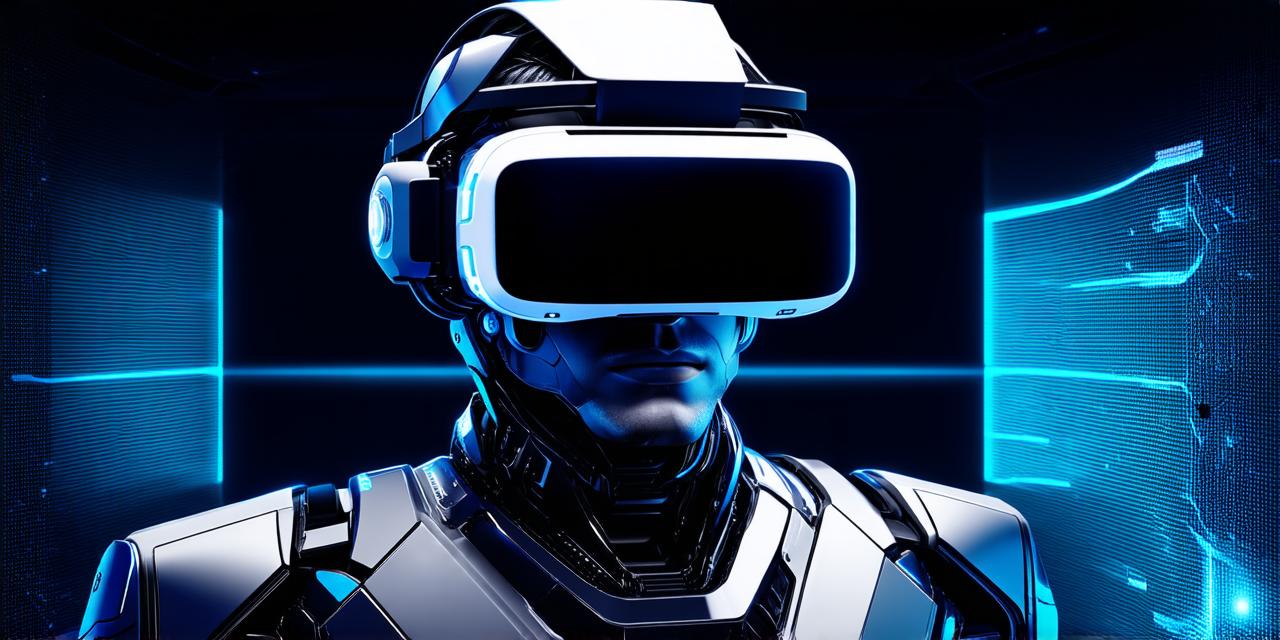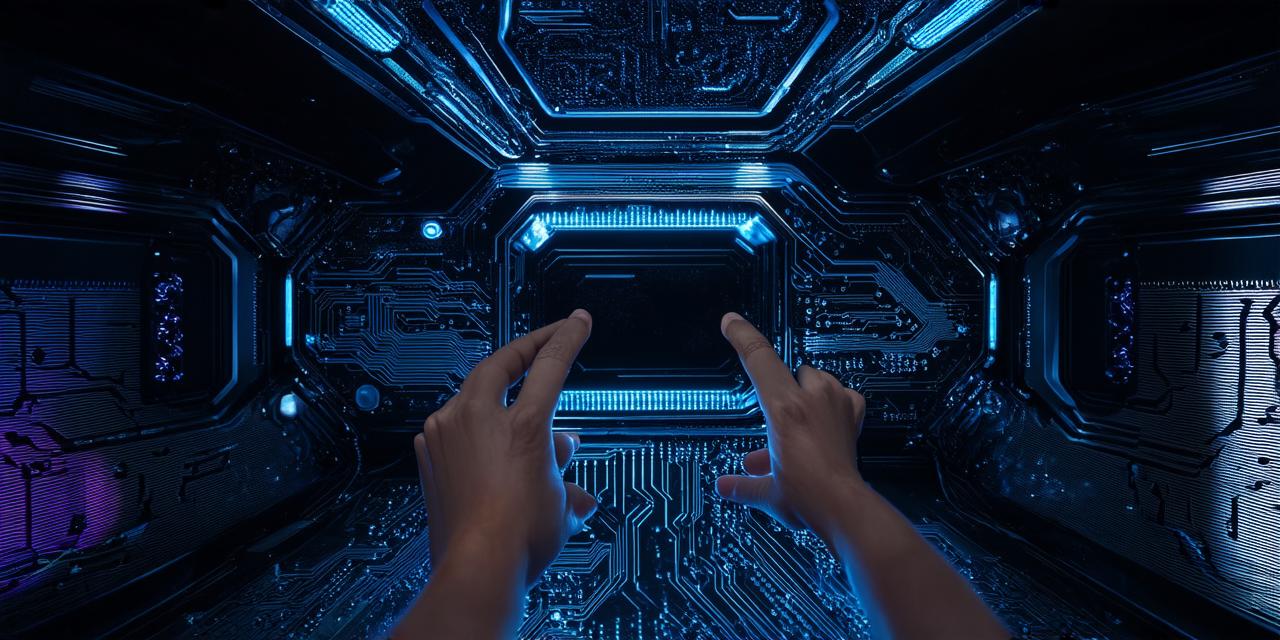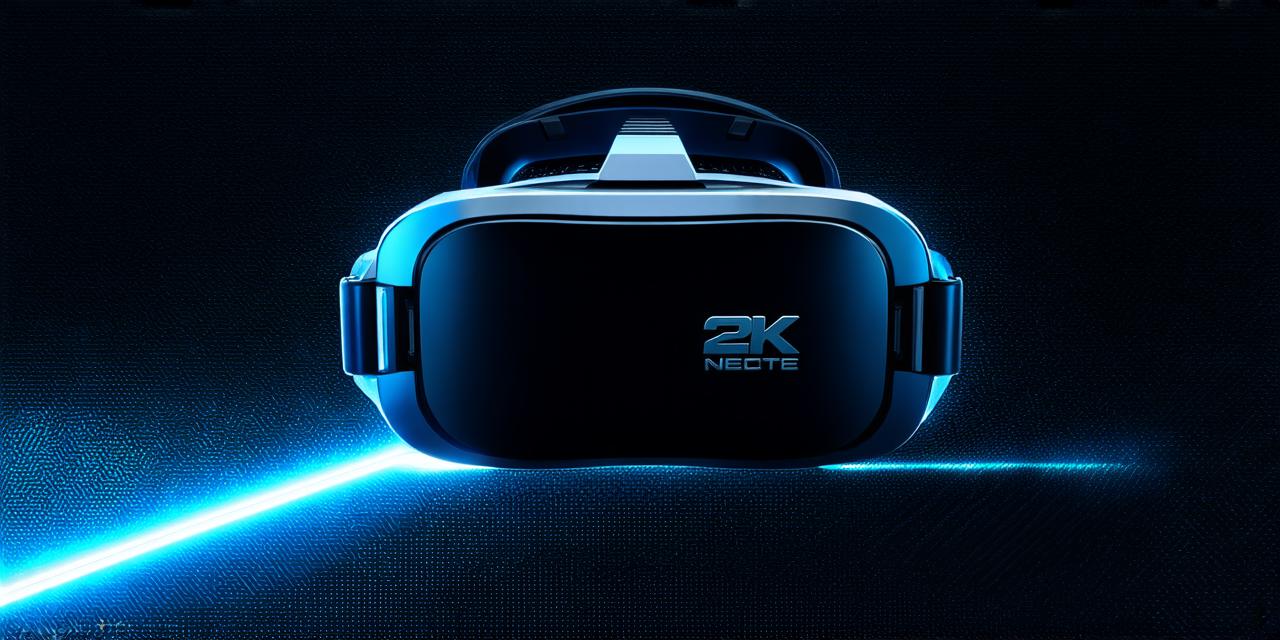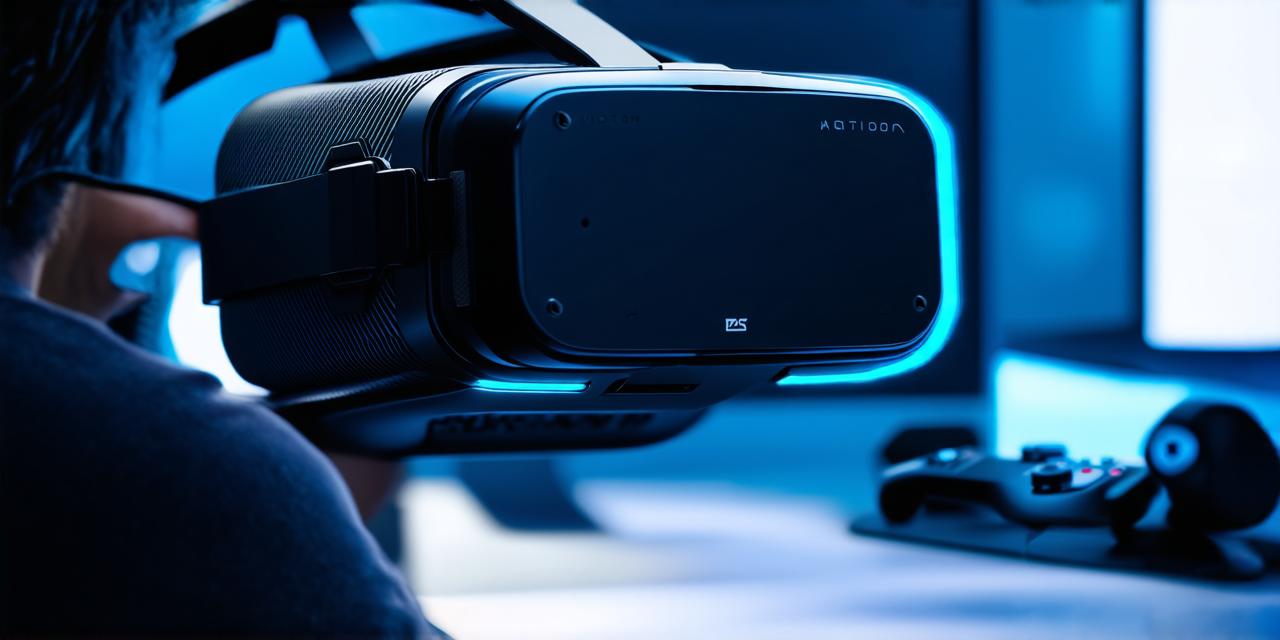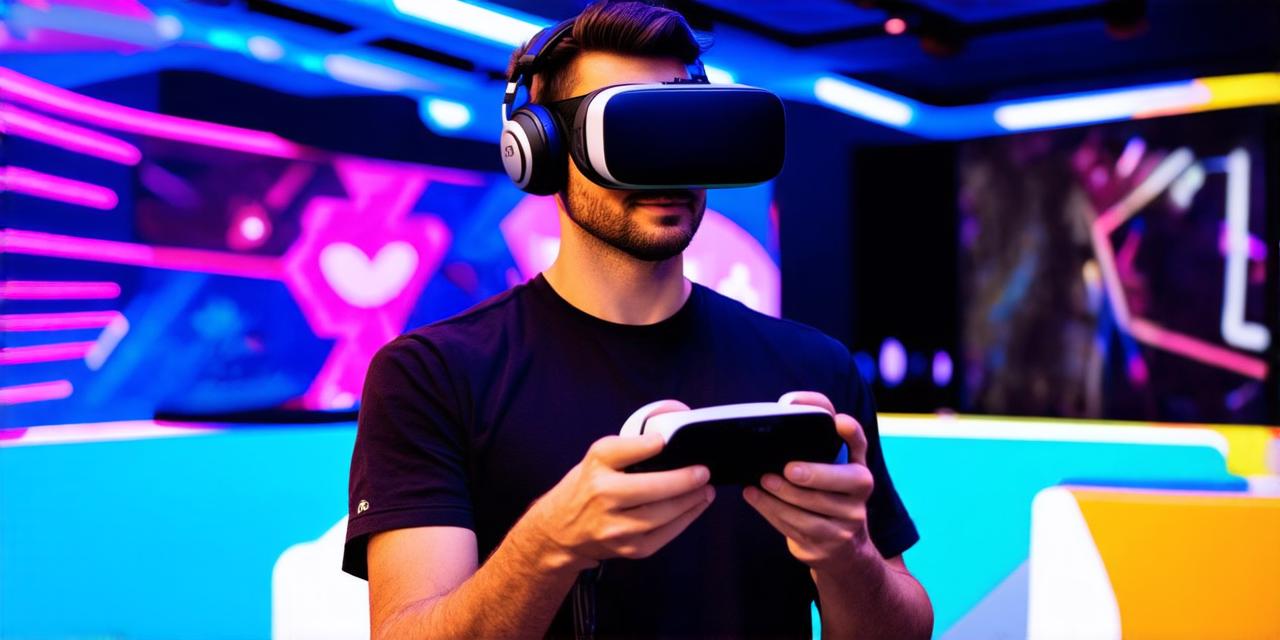Virtual Reality (VR) is a computer-generated simulation that allows users to interact with a simulated environment. It is an emerging technology that has gained popularity in recent years due to its immersive and interactive nature. VR offers an unprecedented level of engagement to users, making it a popular choice for gaming, entertainment, education, and more.
1. Immersive Experience:
One of the main characteristics of VR is its immersive experience. VR headsets provide a 360-degree view of a virtual world, making users feel as if they are physically present in that environment. This level of immersion is achieved through the use of sensors and tracking technology that monitor the user’s movements and adjust the virtual environment accordingly. The sensors track the user’s head movement and position, while the tracking technology tracks the user’s hand and body movements, allowing them to interact with objects in the virtual world.
2. Interactivity:
Virtual reality offers a highly interactive experience that allows users to interact with the virtual world in real-time. VR devices enable users to move around freely, engage with objects in the virtual environment, and even manipulate them. This level of interaction is what sets VR apart from traditional forms of media, such as movies or video games. In traditional media, users are passive observers, whereas in VR, they become active participants in the virtual world.
3. Customizable Environment:
Virtual reality allows users to customize their environment to their liking. VR headsets can be adjusted to fit different head sizes and shapes, and users can choose the type of virtual world they want to explore. This level of customization ensures that every user has a unique experience tailored to their preferences. VR provides an opportunity for users to create their own virtual world or choose from a variety of pre-made environments.
4. Realistic Graphics:
Virtual reality offers highly realistic graphics that create a lifelike environment for users. VR devices use advanced technology, such as 3D modeling and rendering, to create virtual worlds that look and feel as if they are real. This level of realism is what makes VR so compelling for users, especially in fields such as education and training.
5. Cost-Effective:
Virtual reality is a cost-effective solution for many applications. VR devices are becoming more affordable, making it possible for businesses to invest in this technology without breaking the bank. Additionally, VR offers a more efficient way of learning and training, which can save time and money in the long run. VR provides an opportunity for businesses to train their employees in a safe and controlled environment, reducing the risk of accidents and injuries.
6. Accessible:
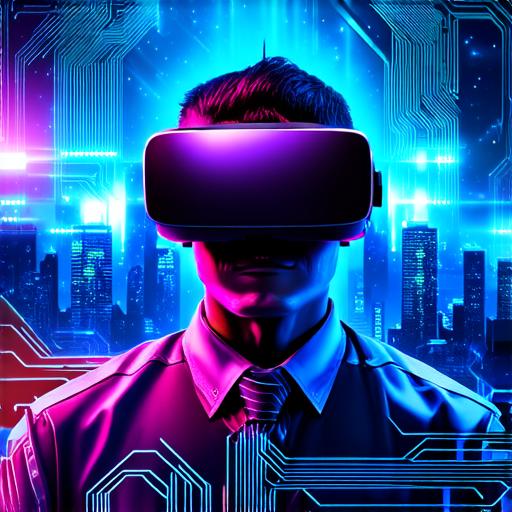
Virtual reality is accessible to anyone with an internet connection and a VR device. This means that users from all walks of life can experience the benefits of virtual reality, regardless of their location or background. Additionally, VR devices are becoming more portable, making it possible for users to take them with them wherever they go. This accessibility makes VR a popular choice for remote work and collaboration, as well as for education and training in developing countries.
7. Safety Concerns:
Virtual reality does come with some safety concerns, particularly when it comes to motion sickness and eye strain. However, these issues can be mitigated by proper design and usage guidelines. Additionally, VR devices are designed to be safe and reliable, with built-in safety features that prevent users from falling or bumping into objects in the virtual environment. It is important for users to follow safety guidelines and to use VR devices responsibly to avoid injury or harm.
8. Future of Virtual Reality:
Virtual reality is an ever-evolving technology that will continue to shape the way we interact with the world around us. As VR devices become more advanced and affordable, we can expect to see even more applications for this technology, from gaming and entertainment to education and healthcare. The future of virtual reality is bright, and it’s exciting to see what developments lie ahead.
In conclusion, virtual reality is a powerful tool that offers an immersive and interactive experience unlike anything else. With its realistic graphics, customizable environment, and cost-effectiveness, VR has the potential to revolutionize the way we learn, work, and play. As this technology continues to evolve, we can expect to see even more exciting applications for virtual reality in the future.
